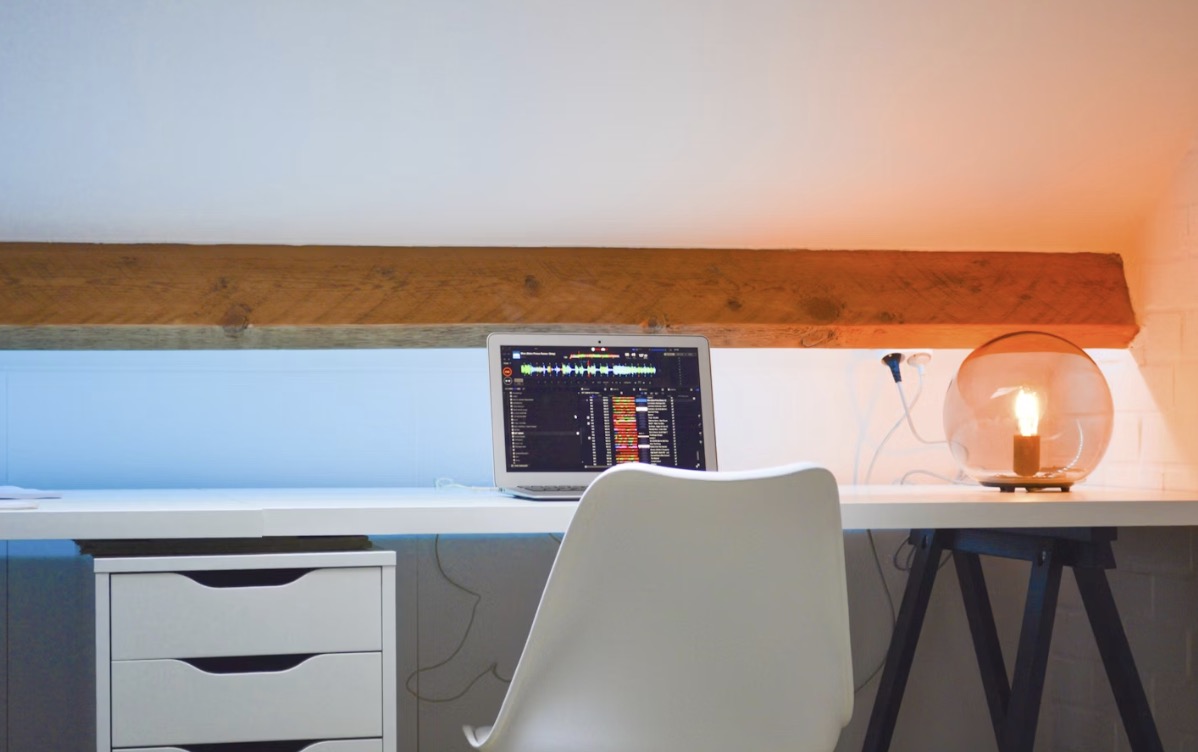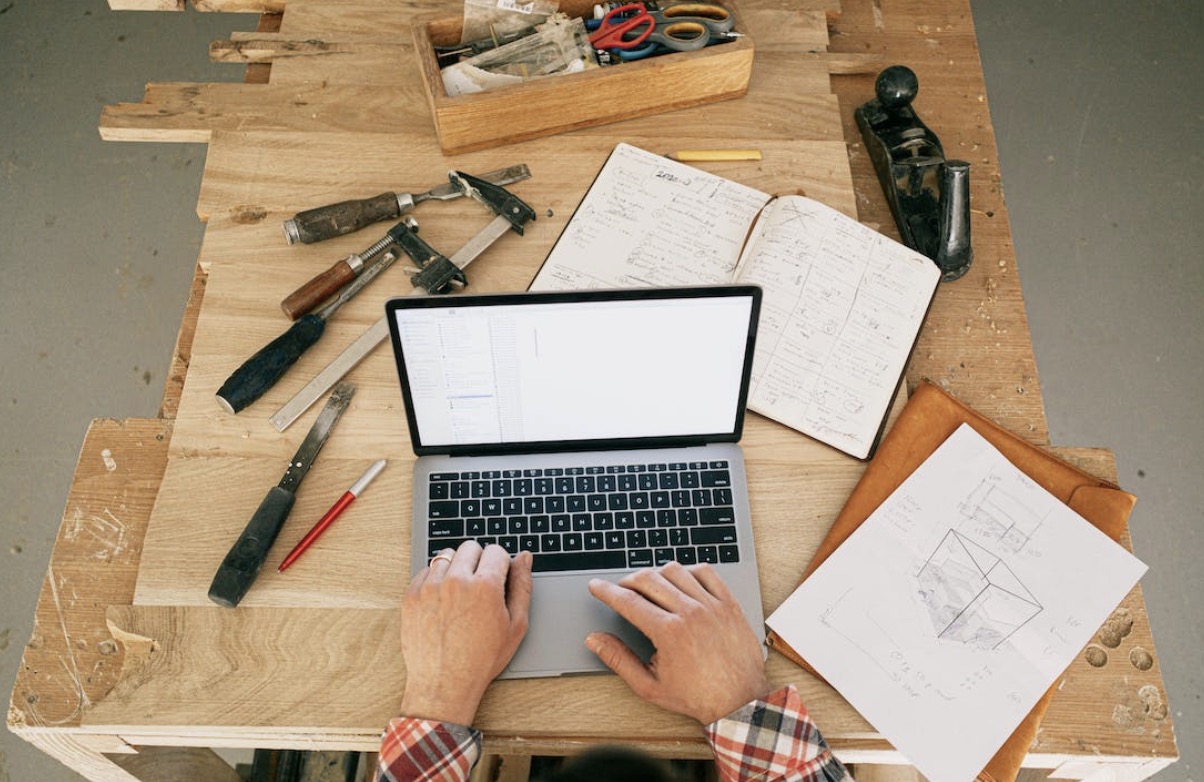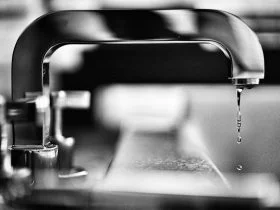Having an organized workroom space is essential for maximizing productivity and creativity. When your work area is clutter-free and well-arranged, it becomes easier to focus on tasks at hand and find inspiration. In this blog, we will explore four tips that can help you transform your chaotic workroom into an organized and efficient space.
Reader's Roadmap
1 Declutter and Prioritize
The first step in organizing your workroom is to declutter and prioritize. Take a good look at your current space and assess what items are necessary and what can be removed. Get rid of any items that you no longer use or need, as they only contribute to the clutter.
Start by emptying your workroom completely and sorting through each item. Ask yourself if you have used it recently or if it holds any sentimental value. If the answer is no, consider donating or selling it. By reducing the number of unnecessary items, you create more space for the things that truly matter.
Once you have decluttered, prioritize your remaining items. Categorize them based on how frequently you use them and their importance to your work. This will help you allocate storage space more effectively and ensure that essential items are easily accessible. For example, tools and supplies that you use daily should be within arm’s reach, while those you use less frequently can be stored away.
2. Create Designated Zones
Creating designated zones in your workspace is crucial for optimizing productivity and ensuring ergonomic comfort. By dividing your workspace into different areas, you can create specialized zones that cater to specific tasks and activities. This approach allows for better organization and efficiency, as everything has its designated place.
When designing these zones, it’s important to consider ergonomic principles to support the physical well-being of the team. The people behind Stand Desk Australia recommend choosing ergonomic furniture, such as adjustable desks and chairs, to promote proper posture and reduce the risk of discomfort or injury. Including features like task lighting, which can be adjusted for different activities, and creating spaces with ample room for movement further enhances ergonomic functionality.
Additionally, consider creating a relaxation or inspiration corner in your workroom. This can be a cozy seating area with a comfortable chair and some books or artwork. Taking short breaks in this designated zone can help rejuvenate your mind and promote creativity.
3. Utilize Storage Solutions
Utilizing storage solutions is a crucial tip for organizing your workroom space effectively. By having appropriate storage options, you can keep your tools, supplies, and materials neatly arranged and easily accessible.
Investing in shelves and wall organizers can maximize the use of vertical space and keep frequently used items within reach. This not only saves valuable workspace but also allows you to quickly find what you need when you need it. Additionally, labeled bins, boxes, and drawers are great for storing smaller items and keeping them organized. Clear storage containers are particularly useful as they allow you to see the contents at a glance, eliminating the need to rummage through multiple containers.
When it comes to storage solutions, it’s important to consider your specific needs and the nature of your work. Customizing your storage options to accommodate different types of items and tools can help maintain order and streamline your workflow. By utilizing storage solutions effectively, you can create a clutter-free and efficient workroom that enhances productivity and creativity.
4. Establish a Maintenance Routine
Establishing a maintenance routine is a crucial tip for organizing your workroom space and ensuring it remains tidy and functional. Regularly dedicating time to cleaning and organizing your workspace helps prevent clutter from accumulating and maintains a productive environment.
Setting aside a specific time each week for maintenance allows you to stay on top of organizing tasks. During these sessions, you can tidy up your workroom, put items back in their designated places, and assess if any adjustments or improvements are needed. This routine helps maintain order and ensures that everything is easily accessible when you need it, saving valuable time and minimizing distractions.
In addition to regular cleaning, deep cleaning sessions should also be scheduled periodically. Dusting shelves, wiping down surfaces, and vacuuming the floor not only keep your workroom clean but also contribute to a healthier and more pleasant working environment. By establishing a maintenance routine, you can create a habit of organization and ensure that your workroom space remains optimized for productivity and creativity.

By implementing these four tips, you can transform your workroom into a well-organized space that enhances productivity and creativity. Decluttering and prioritizing, utilizing storage solutions, creating designated zones, and establishing a maintenance routine are key steps in achieving an organized work environment.
Remember, an organized workroom not only improves efficiency but also promotes a sense of calm and focus. So take the time to implement these tips and enjoy the benefits of a well-arranged workspace. Here’s to a more productive and inspiring workroom!







Leave a Reply
View Comments